Va-va-voom! Kiss Me Deadly (1955) and Orson Welles’s great Touch of Evil (1958) both came at the end of the film noir cycle in the late 1950s. Both films look into the dark heart of American life during that decade, with Aldrich tackling nuclear paranoia and Welles dealing with racism towards Latin-Americans and political and legal corruption. Both films have long been favourites of mine and both remain startlingly relevant now, as Alex Cox discusses below. Cox might have mentioned another film that borrows the motif of the baleful nuclear box, his own Repo Man (1984).
* * *
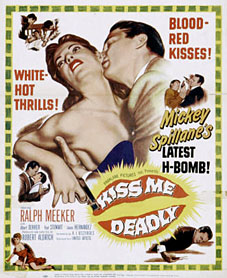 Nuclear-powered nastiness
Nuclear-powered nastiness
It’s one of the darkest noirs ever made. But, says Alex Cox, the classic Kiss Me Deadly is a parable at heart
It begins with titles that famously run backwards. Deadly … Kiss Me … Aldrich … Robert … Directed by … Then, two scenes in, a women we have assumed to be the heroine is tortured to death. This is no art film, though; no knowing homage. Instead, it’s the roughest, least compromising film noir of them all – Kiss Me Deadly.
The hero (if we can call him that) is Mike Hammer, a tough, no-nonsense detective created by pulp fiction author Micky Spillane. Spillane’s Hammer was of a different breed from the detectives who had gone before. Dashiell Hammett’s Continental Op and Raymond Chandler’s Marlowe were tough and cynical, but also intelligent, decent and insightful. Spillane’s Hammer was an indecent thug. A product of Senator McCarthy and the blood-lust of the Korean war, he liked nothing better than pounding commie sympathisers’ heads against a wall until their eyeballs popped.
Robert Aldrich’s Hammer – played by the oddly named Ralph Meeker – is worse than Spillane’s. Aldrich’s protaganist is cynical and dumb; a thug without insight, a detective who fails to detect. In a way, he is a prototype for the automaton-hero played by Lee Marvin in 1967’s Point Blank, and done to a turn by Arnold Schwarzenegger in The Terminator. (More.)

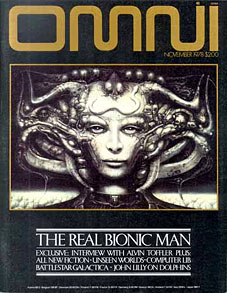
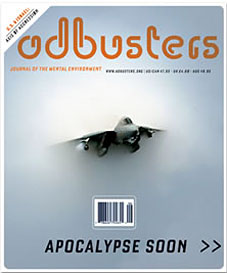
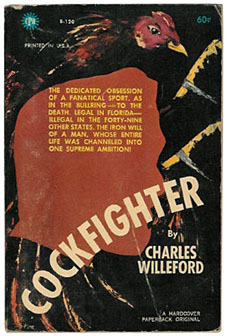 Cockfighter
Cockfighter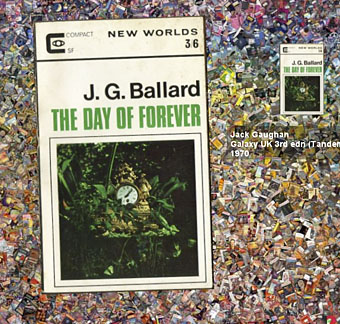
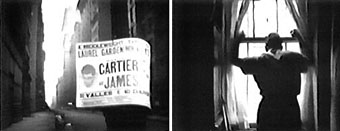
 Nuclear-powered nastiness
Nuclear-powered nastiness